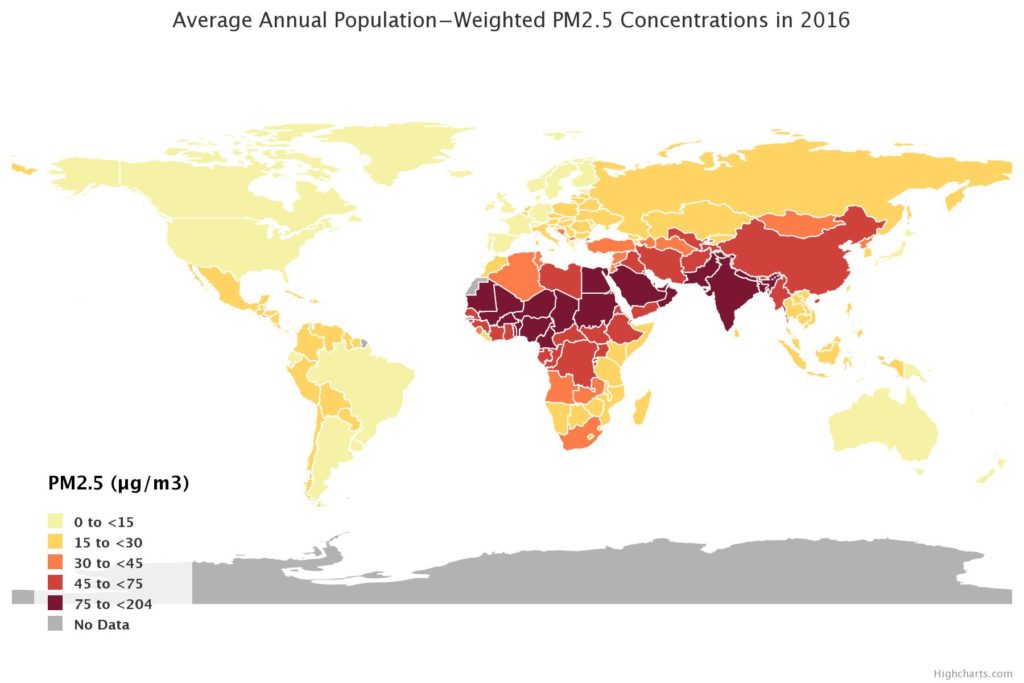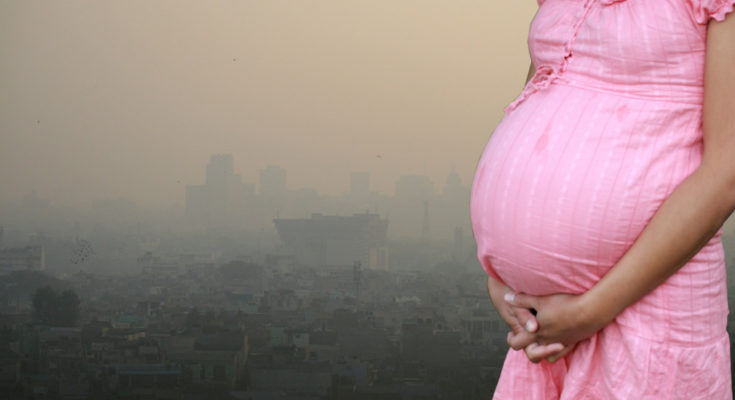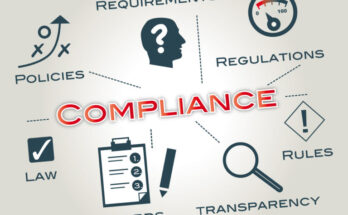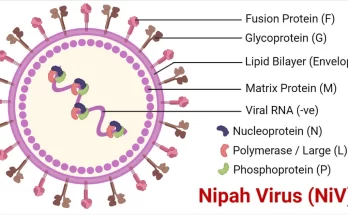A recent study done by a group of scientists in Queen Mary University of London has shown that smaller air pollutant particles are reaching placenta through mothers’ blood streams. The study conducted by by Dr Norrice Liu, a paediatrician and clinical research fellow, and Dr Lisa Miyashita, a post-doctoral researcher, both members of Professor Jonathan Grigg’s research group at Queen Mary’s Blizard Institute was presented on this Sunday(16th September) at the European Respiratory Society’s (ERS) international congress in Paris.
Some of the previous studies done by scientists from various institutes around the world have clearly shown the link between the air pollution and the health of unborn children. Specially conditions like premature birth and of low birth weight have shown to be directly related to the air pollution according to the previous studies. But this study is the first evidence that the pollutant particles reach placenta tissues.
In this study the researchers worked with five pregnant women who were all living in London and due to have planned caesarean section deliveries at the Royal London Hospital. They were all non-smokers with an uncomplicated pregnancy and each one gave birth to a healthy baby. The women all gave permission for researchers to study their placentas after delivery.
The researchers then selected 3500 macrophages from those 5 placentas and subjected them to a detailed examination under the microscope. During the study the team had identified 60 cells with black color patches within the cells. When they examine these patches under an electron microscope they identified these black patches to be tiny carbon particles.
In a press release issued by the Queen Mary University of London head of the research team Dr Norrice Liu explains, “Our results provide the first evidence that inhaled pollution particles can move from the lungs into the circulation and then to the placenta.
“We do not know whether the particles we found could also move across into the foetus, but our evidence suggests that this is indeed possible. We also know that the particles do not need to get into the baby’s body to have an adverse effect, because if they have an effect on the placenta, this will have a direct impact on the foetus.”
Professor Mina Gaga, President of the European Respiratory Society who was not involved in the study, said: “This new research suggests a possible mechanism of how babies are affected by pollution while being theoretically protected in the womb. This should raise awareness amongst clinicians and the public regarding the harmful effects of air pollution in pregnant women.
“We need stricter policies for cleaner air to reduce the impact of pollution on health worldwide because we are already seeing a new population of young adults with health issues.”
Air Pollution: The silent killer that nobody cares about?
With rapid development projects going on all around us our environment is taking a heavy beating from the human activities related to those development projects. Every day tons of toxic and harmful substances are released to the soil, water and air polluting the environment. One of the quickest impacts of environmental pollution comes from air pollution as it is visible and easily notable to the naked eye and easily felt by our respiratory systems when we breath. In many parts of the world where rapid development projects are going on the air pollution has become a major problem and many countries are doing their best to keep their air as clean as possible.
Air pollution occurs when various substances like gasses, smaller particles, dusts and chemicals are released in to the earth atmosphere. These substances most of the time are harmful to the living organisms as these can cause diseases that can be deadly.
Major Air Pollutants
An air pollutant is any kind of a substance which is released in to the air that can be toxic or harmful to humans and other living organisms. These substances come in many forms like gasses, droplets, dust particles or vapors. These pollutants are mostly resulted from human activities while some can be of natural origin. Given below are some of the main air pollutants
Carbon Dioxide – The most prominent Greenhouse gas, emitted mainly due fossil fuel burning and deforestation increases the Carbon Dioxide accumulation in the atmosphere.
Sulphur Oxides – Mainly released from Volcanos and some of the factories where Sulphur is used as a raw material (Ex – Rubber vulcanization).
Nitrogen Oxides – Formed in Vehicle Engines, and also during thunderstorms by lightening sparks.
Carbon Monoxide – Released during fossil fuel burning, so the major source again is the vehicle engines.
Volatile Organic Compounds – Many organic compounds that we use in our day to day lives are volatile and when these when these are released in to the atmosphere they work as a major air pollutant. Examples are Thinner, Fuels….etc
Particulate matter – There are loads of particle types released in to the atmosphere as results of human and natural activities, these include dust particles or ash particles that are visible to the eye and microscopic particles that are smaller than 2.5 micro meters. These smaller ones are much dangerous than the bigger ones as they can go through all our defenses and penetrate all the way to the blood circulation itself.
Toxic Metals like Lead or Mercury
Chlorofluorocarbons – Harmful to the Ozone layer, currently banned in most of the countries.
Secondary Air pollutants – Air pollutants created from primary air pollutants are called secondary air pollutants, Ground level Ozone is one of the main examples. Ozone is normally created through reactions involving oxides of nitrogen.
Particulate matter: Smaller and deadlier
Most of the smaller particles that we see in our naked eye suspended in the air around us is something common nowadays with so many sources dispatching the particles in to our atmosphere. But these particles that are visible to our eyes are often harmless as defense mechanisms of our respiratory system can easily filter those out from the air we breathe. But it’s the particles that we can’t see are the deadlier types of particles that can penetrate all our defenses and directly in to our blood stream and other tissues. Scientists have grouped these particulate matters in to two subgroups as PM 10 and PM 2.5
PM 10 – Particles smaller than 10 micrometers
PM 2.5 – Particles smaller than 2.5 micrometers
In 2005 World Health Organization published a set of guidelines related to the air quality assessing health impacts of air pollution and thresholds for health-harmful pollution levels. According to WHO Ambient (outdoor air pollution) in both cities and rural areas was estimated to cause 4.2 million premature deaths worldwide in 2016, this mortality is due to exposure to small particulate matter of 2.5 microns or less in diameter (PM2.5), which cause cardiovascular and respiratory disease, and cancers.

According to the 2005 WHO guide lines safe levels for two sub groups of particulate matter are as follows,
Fine Particulate Matter (PM2.5)
10 μg/m3 annual mean
25 μg/m3 24-hour mean
Coarse Particulate Matter (PM10)
20 μg/m3 annual mean
50 μg/m3 24-hour mean
Colombo Air is 3.6 times above the safe level, and do we care?
According to the breathelife.org website the PM2.5 level of air within the Colombo city limits is measured at annual mean of 36 μg/m3. That is 3.6 times above the WHO declared safe level. By looking at these numbers we clearly see the situation in Sri Lanka with regards to the PM2.5 levels are not too good. And also, we don’t have any numbers from more polluted areas like the Kandy City and areas adjacent to the coal power plant in Norachcholei which is said to be emitting large amounts of fine particles to the atmosphere in that area. So as a country Sri Lanka should take immediate action to monitor the air around island and give the real-time air pollution level data to the general public.




